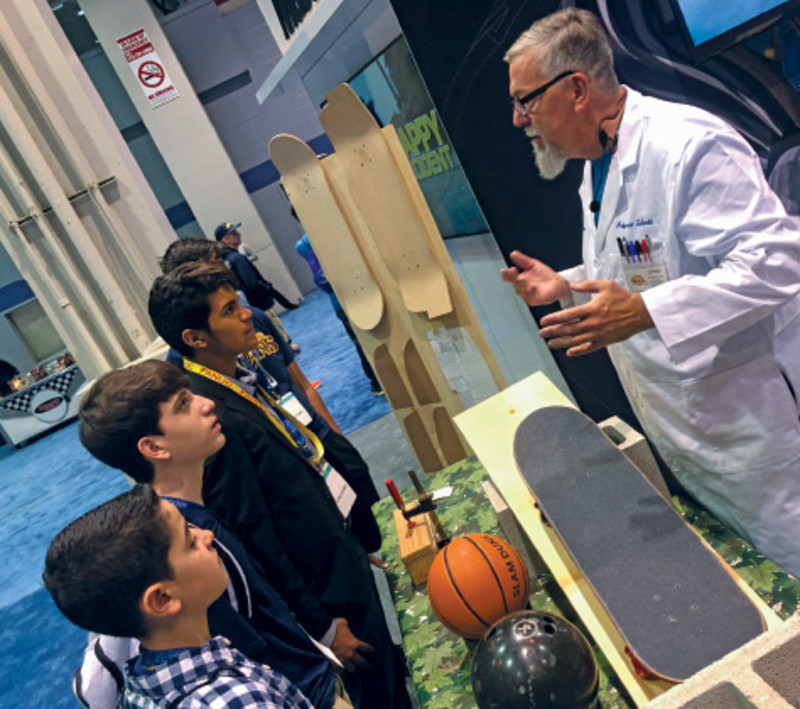Having the opportunity to attend many of the international shows, a common theme continues to play out: the improvement of the global economy and the positive impact to the manufacturing world. As many companies enjoy these good times, they are also confronted with the impact to their supply chain since many are depending on the same suppliers and the lack of component supply. The other area that is impacted as well is the shortage of skilled personnel available to meet the growing demands.
Some organizations, depending on the region, have been better positioned to deal with these challenges. My employment at several global companies gave me the chance to visit many of the worldwide plants, and it was always a highlight of my trips visiting the German and Japanese plants where they had built into their strategic plan’s apprenticeship programs and local school/college internships. These programs were robust and consistently applied, with a high rate of graduates that became full-time employees, as well as improved the retention rate within the current employee base.
The programs were well-defined, organized and recognized as an incentive to join the company. Many graduate engineers had the hands-on experience to have gone through these programs and were better equipped to handle manufacturability issues, which dramatically enhanced the robustness of processes and products. By coincidence, those plants were considered our “Best in Class” since they had the consistent metrics within the company. These programs were long-term commitments and always had the best-skilled employees involved in the training and mentoring. These were not a flavor of the month, and any changes in management further improved the programs.
Unfortunately, this shortage of skilled personnel has nothing to do with the current state of the economy/government; this is something that we as business leaders have overlooked for the longest time. Apprenticeship programs, succession planning, and training were the first things that were cut as companies suffered the effects of recessions or off-shoring over the last quarter century.
This being my first year as an IMTS organizer, I spent significant time in the Smartforce Student Summit. I was quite impressed with the effort that AMT devotes to assisting participant companies in highlighting programs they have in place to energize students in getting involved with the latest manufacturing technologies and creating the interest at an early age in elementary school through middle school and high school. It was gratifying seeing the smiles on those young faces as they worked on projects, created something with their hands or experienced something totally new that had only been seen on their computers or personal devices.
Now that we are focused on bringing manufacturing back into the United States, let’s not miss this opportunity to do it right. While it is a cost to the business, there are many ways to develop these programs both internally and externally. Get involved with education in your local community and take advantage of the resurgence in career & technical education and apprenticeship programs that AMT advocates for in our Smartforce Development efforts to help you foster your employees of the future.






